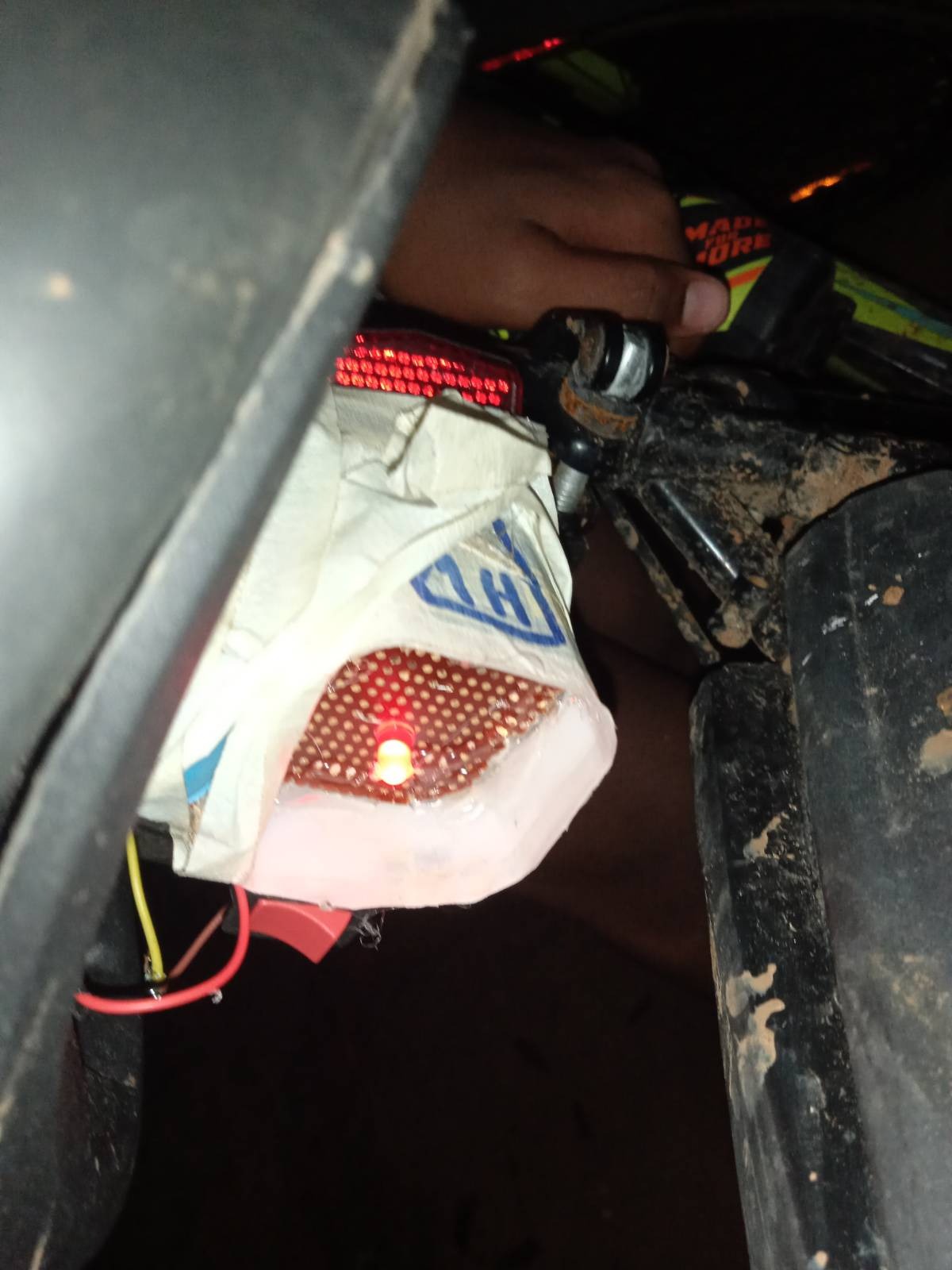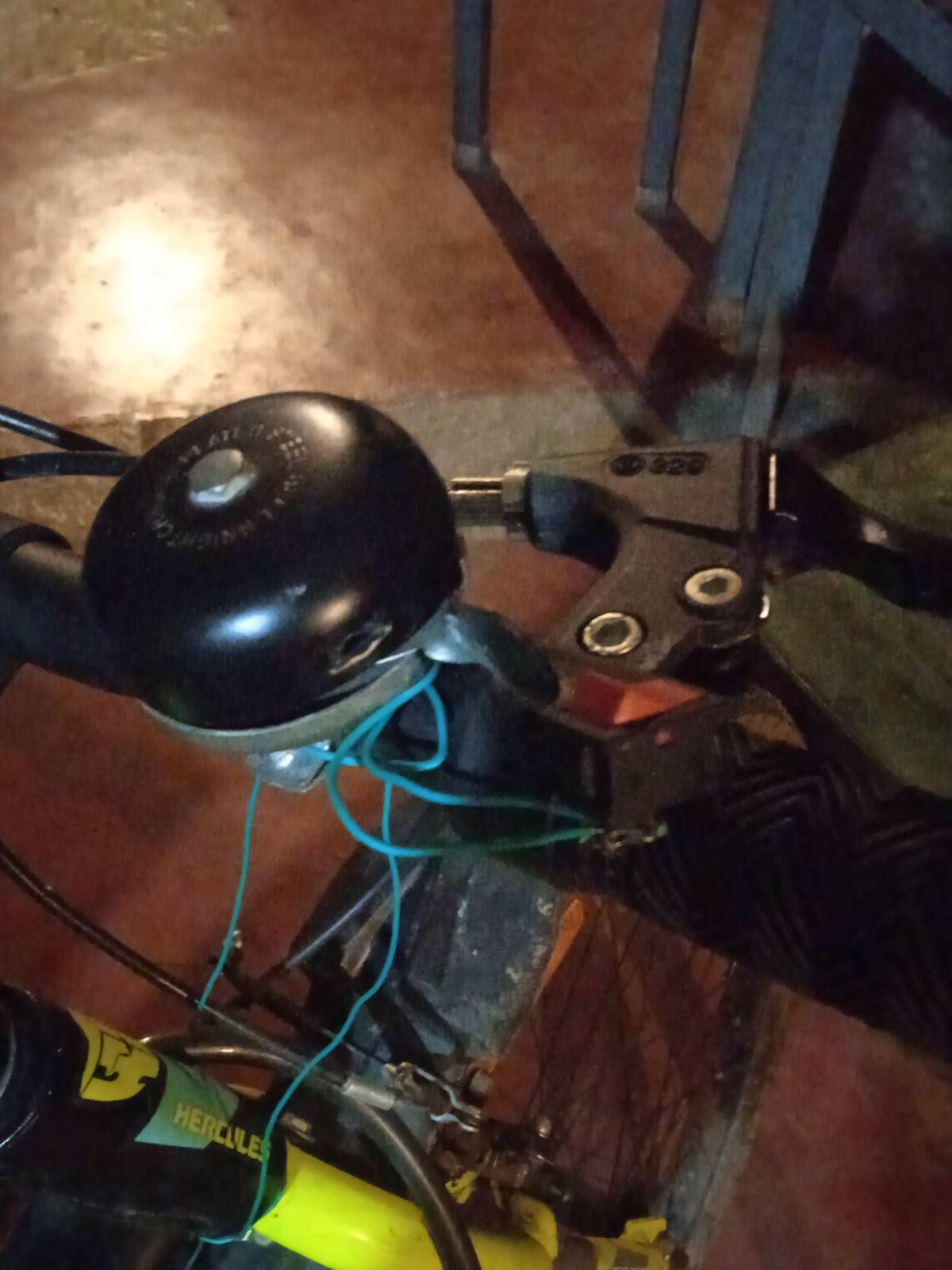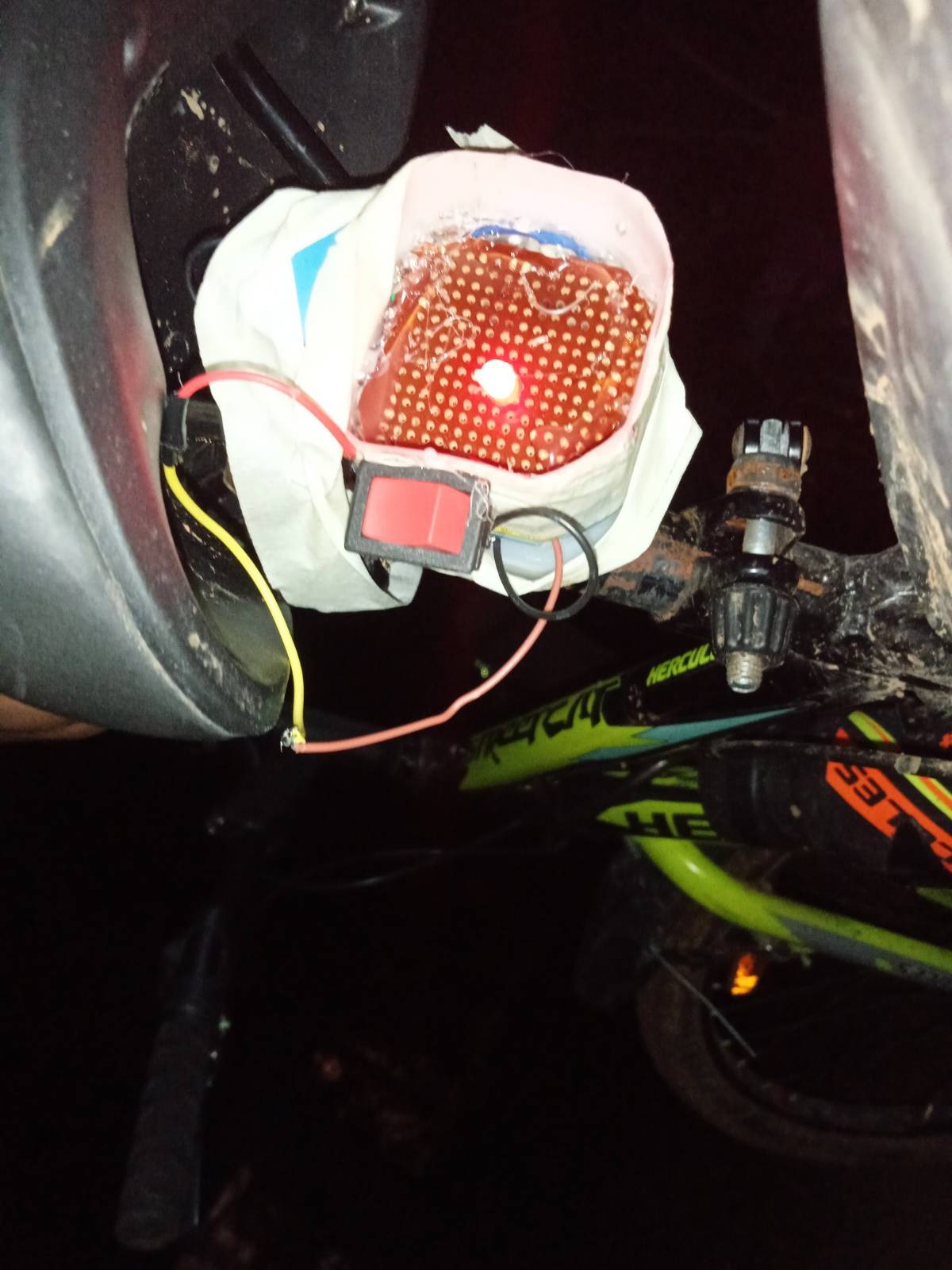For quite a long time (year and a half), kids in the electronics lab have been working on breadboard circuits which they build and then dismantle. They built quite a few circuits this way working with LEDs, Opamps, comparators, 555, microphones, speakers etc. We found that generally one in 20 kids to whom the circuits were introduced become interested to come regularly to the lab in the evenings at the expense of their free time which they usually use to play. A visitor from Austria expressed surprise that any kids at all turned up at the lab at the expense of play time.

Sanjeev and Siva both suggested that this number (1 in 20) would go up if we focussed on some practical circuits which the children could use in their daily lives (and also show their parents, friends and relatives) instead of just making toy circuits on the breadboard which they would proceed to dismantle to build the next circuit. Obviously this is a bit harder and a bit more time consuming for some of us, and that’s why we stayed in the comfort zone (among other reasons) for all this time. Well, staying in comfort is not a universal value and it was clear that changes will have to be made.

So we have now (finally!) started on practical applications. Two of these are
- An outdoor light that turns on automatically when the sun sets and turns off automatically when the sun rises (Blog post to come).
- An indoor light that turns on when there are people in a room and turns off when people have left the room or staying still (Blog post made by Manogar and Sundaresan)

The third was an idea that came from kids themselves. Their mothers are understandably worried when they use their cycles at night. Cycles owned by the kids have no back lights to warn motorists who approach the cyclist from behind. So it was decided that a light at the back of a cycle that flashed red light once a second was a fine practical circuit. Humans (indeed all predators) are sensitive to movement rather than stillness and to flashing lights rather than still lights. They are also more sensitive to Red and White flashing lights than to any other color.
So an astable multivibrator was built based on the 555 chip which the children first tested on the breadboard and then soldered it on the PCB with help from C3StreamLand youth. An 8th standard student from Udavi school called Ajay took up the challenge to design the structure to house the circuit and to also mount it on his cycle. The student you see with the cycle and the flasher in the attached photos and videos is Ajay.
Ajay’s next target(s)
- Make it waterproof
- Make it robust to rough riding
- Power it off a Dynamo instead of a 9V battery as is being done now

